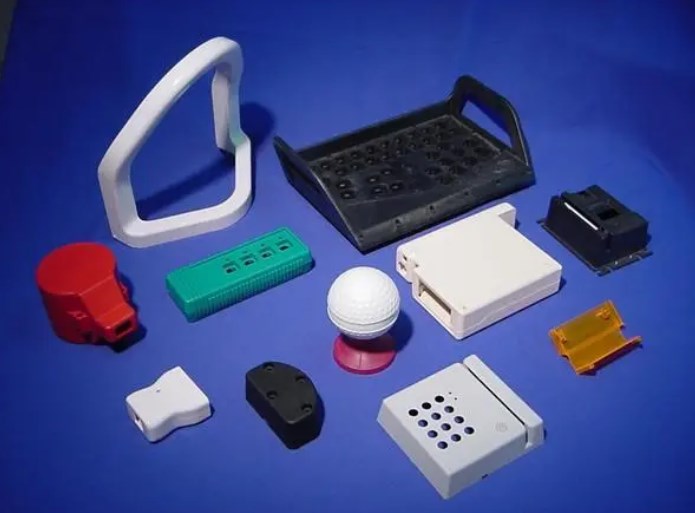Injection molding is one of the most popular and widely used manufacturing processes for producing plastic parts. It involves injecting molten plastic into a mold cavity under high pressure, where it cools and solidifies to form the desired part. While injection molding is an efficient and cost-effective method, it can also be prone to certain problems that can affect the quality and consistency of the final product. In this article, we will explore some of the most common problems with injection molding of plastic parts and how they can be addressed.

Warping
Warping is a common problem in injection molding, where the plastic part becomes distorted or deformed due to uneven cooling or residual stress. This can occur when the part cools too quickly, or when the mold is not properly designed or set up. To prevent warping, it is important to use a mold with proper cooling channels and to ensure that the cooling time is sufficient. In addition, adjusting the mold temperature and pressure can help to minimize residual stress and improve part quality.
Sink marks
Sink marks are depressions or dimples that appear on the surface of the plastic part, caused by uneven cooling or insufficient packing pressure. This problem can be avoided by adjusting the packing pressure, increasing the cooling time, or modifying the mold design to include more ribs or thicker walls. In some cases, adding a gas assist or vacuum system can also help to improve the part quality and reduce sink marks.
Flash
Flash is a thin layer of excess plastic that appears on the parting line of the mold, caused by excessive pressure or poor mold alignment. This problem can be resolved by adjusting the mold alignment, reducing the injection pressure, or adding more clamping force. In some cases, it may also be necessary to modify the mold design or use a different type of material to prevent flash from occurring.
Short shots
Short shots occur when the mold does not fill completely, resulting in a part that is incomplete or missing certain features. This can be caused by various factors, including insufficient injection pressure, inadequate cooling time, or improper gating. To address short shots, it is important to optimize the injection parameters and adjust the mold design to improve flow and fill. In some cases, adding a hot runner system or changing the gate location can also help to prevent short shots.
Burn marks
Burn marks are dark discolorations or streaks that appear on the surface of the plastic part, caused by overheating or excessive residence time in the mold. This problem can be resolved by reducing the melt temperature, increasing the injection speed, or adjusting the mold temperature and cooling time. It is also important to ensure that the mold is properly vented to prevent air from becoming trapped inside and causing burn marks.
In conclusion, injection molding is a complex process that requires careful attention to detail and precision to produce high-quality plastic parts. By understanding the common problems and taking steps to address them, manufacturers can improve the efficiency and consistency of their injection molding operations, while also delivering superior products to their customers.













